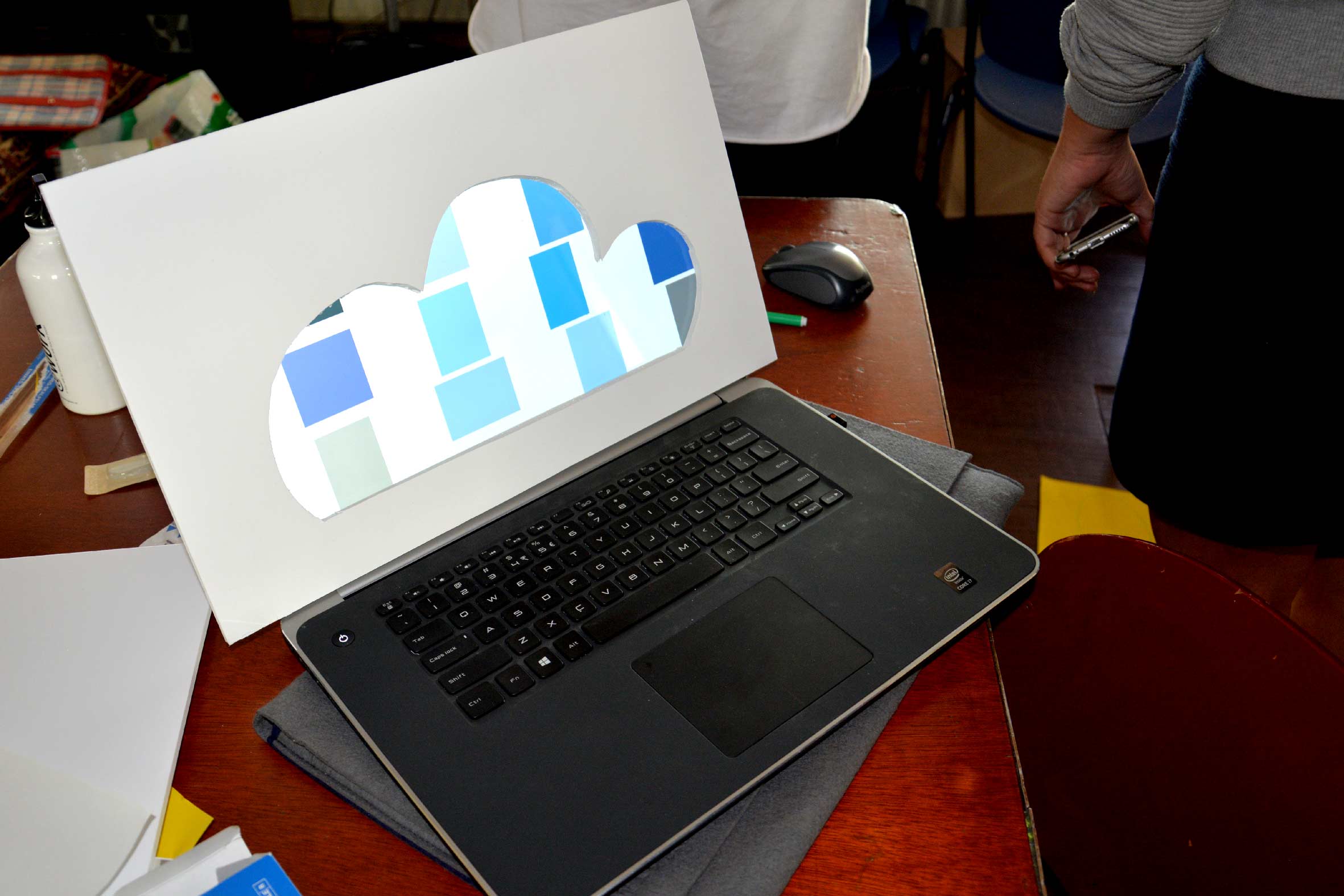On and Off the Grid and In Between by Eric van Zuilen
In the current digital era, being on the grid has become our default position. Being connected allows technology to provide immediate knowledge, instant solutions, and new ways to communicate and participate. In his book To Save Everything, Click Here: Technology, Solutionism, and the Urge to Fix Problems that Don’t Exist[1], writer and researcher Evgeny Morozov argues that technology has pushed us into a state of a single and simple logic. According to Morozov, technology, besides being a force for improvement, has also created solutionism: that is, our need to fix everything and the belief that we can do so by using technology.
Morozov is critical of this development of solutionism. He urges us to investigate the struggle between the human and the machine. This is crucial because technology creates problems as much as is it creates solutions.
The question to be on or off the grid shows a binary approach developed from our need for instant responses and clear-cut decisions. On the grid, we want an answer and we want it now. Off the grid, we remove ourselves from communication and participation facilitated by technology and by doing so we exclude a certain type of solution. Alternatively, off the grid is a deliberate decision to balance our response to technology. I support Morozovs’ case to look beyond our technological solutions. That is, to investigate the grey areas between on and off positions containing the poetic alternatives of inefficiency, ambiguity, and opacity. Alternatives that let you drift away and forget about what you were looking for.
When your internet connection is slow, Google Image Search shows results as monochrome rectangles with the shape and predominant color of the corresponding image. These rectangles are Google's quick response to keep our attention and manage our expectations. The rectangles tell us: don't go away, there will be results. At the same time, these colored rectangles create a moment of distraction. You were looking for images and you get something you did not expect. You get something poetic. When the requested images finally show, they might be disappointing. The colors were a surprising result rather than an interlude.
When I was playing around with some JavaScript, I accidently discovered that I could move the images in Google’s search results. I no longer needed a slow connection to enjoy the colors in Google Image Search. This evolved into Googleimagescolorviewer, a Chrome extension that takes out the images and only shows the colors. You can sit down and watch. The extension automatically scrolls through the results and allows you to wander off.
With PageWriter, I made another Chrome extension that provides an alternative to the instant viewing of webpages. It hides the content of a webpage and types the entire source code of a page in typewriter-style at 140-characters a minute. It transforms a webpage into a linear- and time-based medium. It creates a moment to forget about your intention. While you see the page build up its content, the extension shows the source code containing both metadata and content in a separate container at the bottom of the page. As most of the metadata is in the beginning of the source code, it may take a while before the page shows readable content.
With these two Chrome extensions, I invite you to postpone your immediate response every now and then and to embrace some of the non-binary moments neither on nor off the grid.
Both Chrome extensions can be found in the Chrome webstore for extensions, search for Googleimagescolorviewer and Pagewriter.
[1] Morozov, E. (2014). To save everything, click here. London: Penguin Books.

Published in On /& Off the Grid in 2018